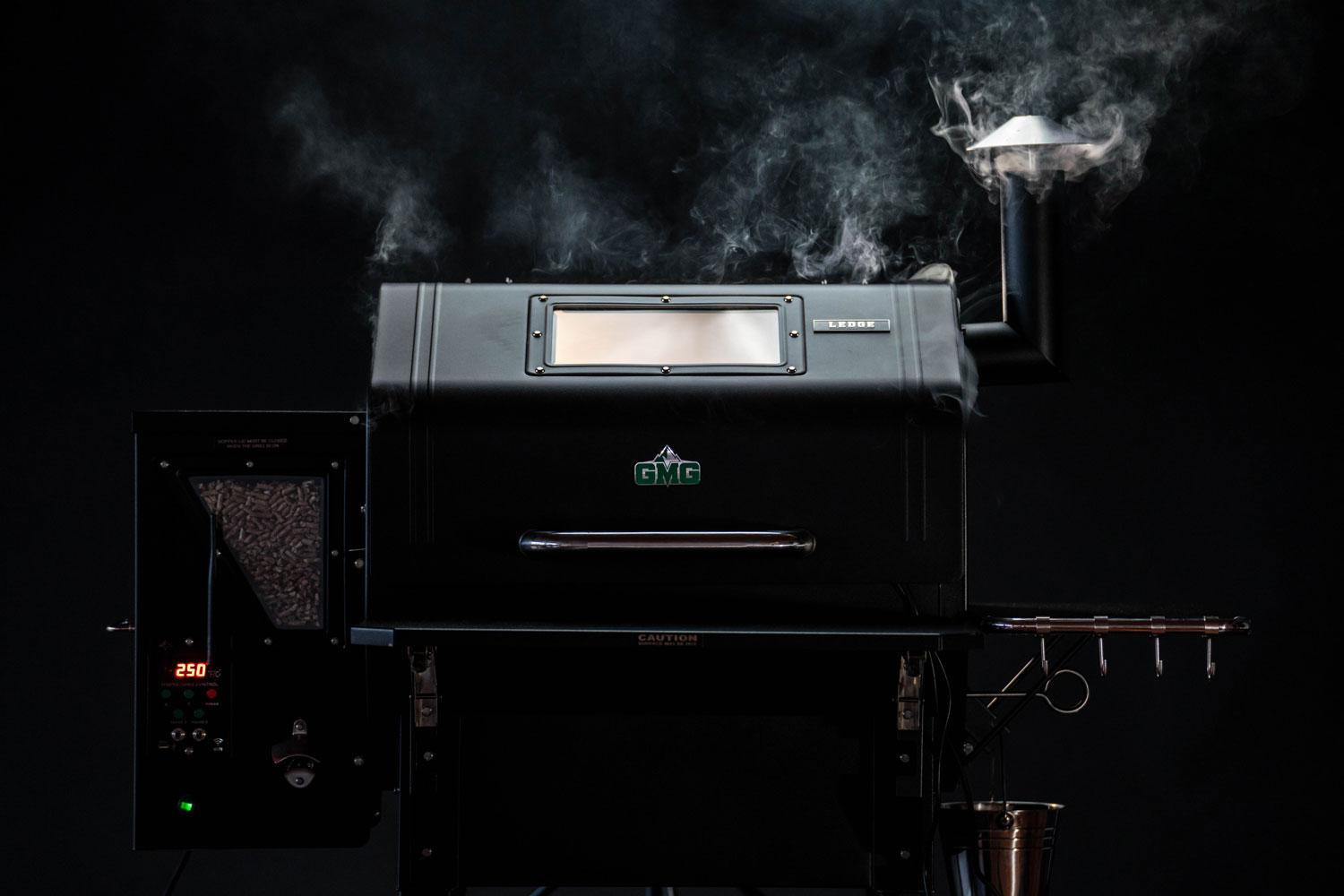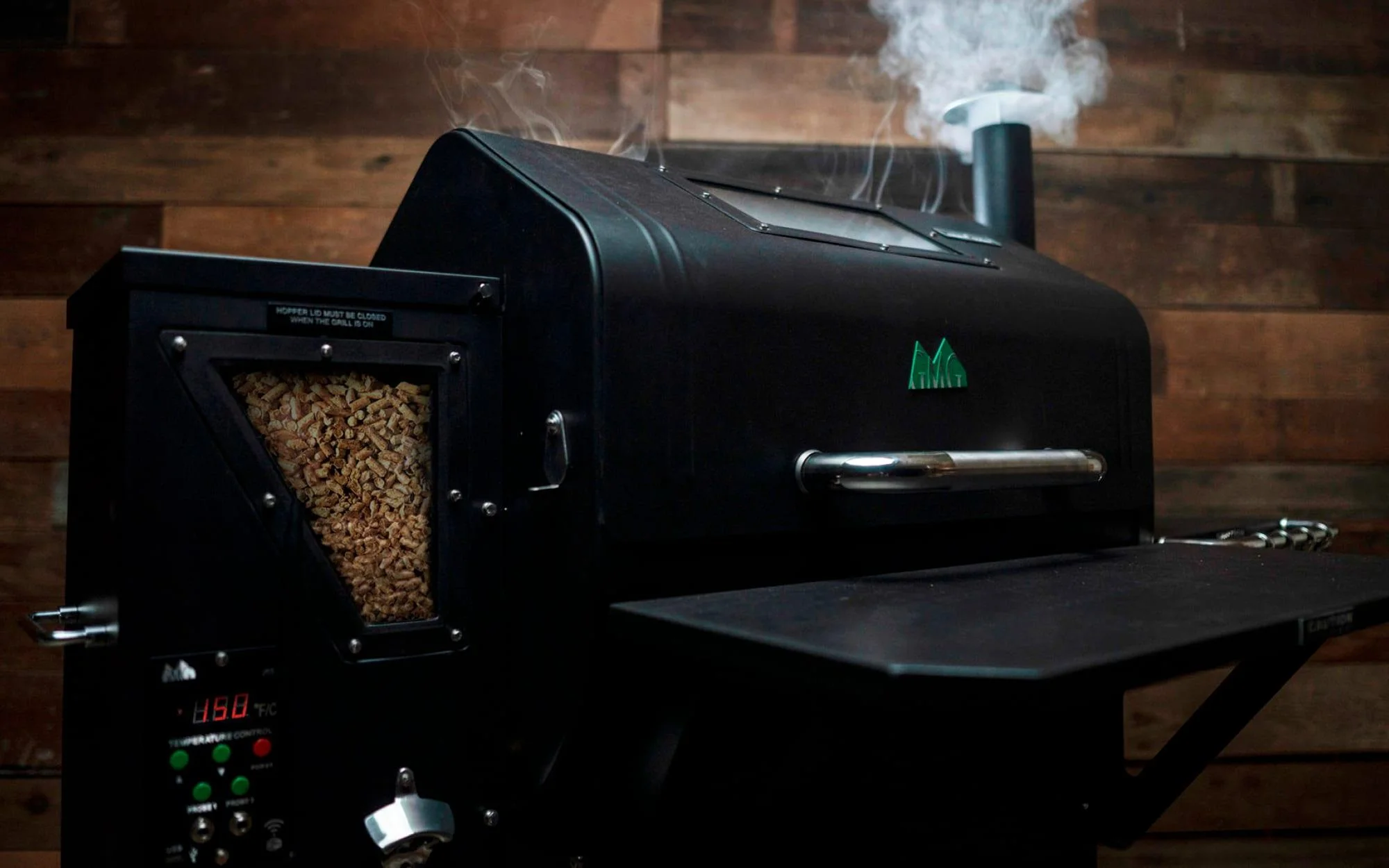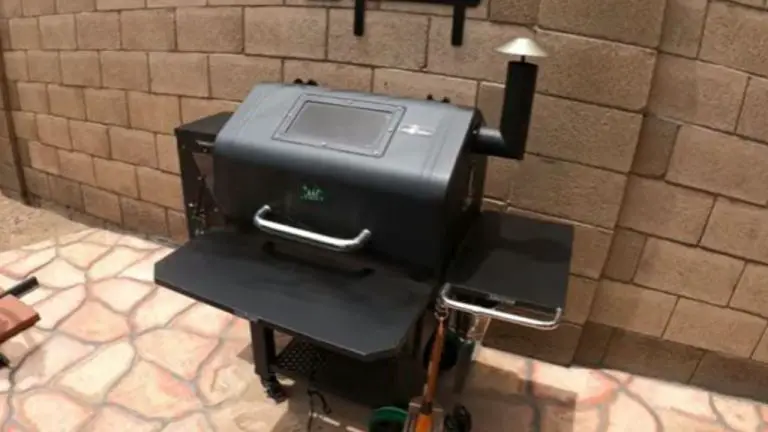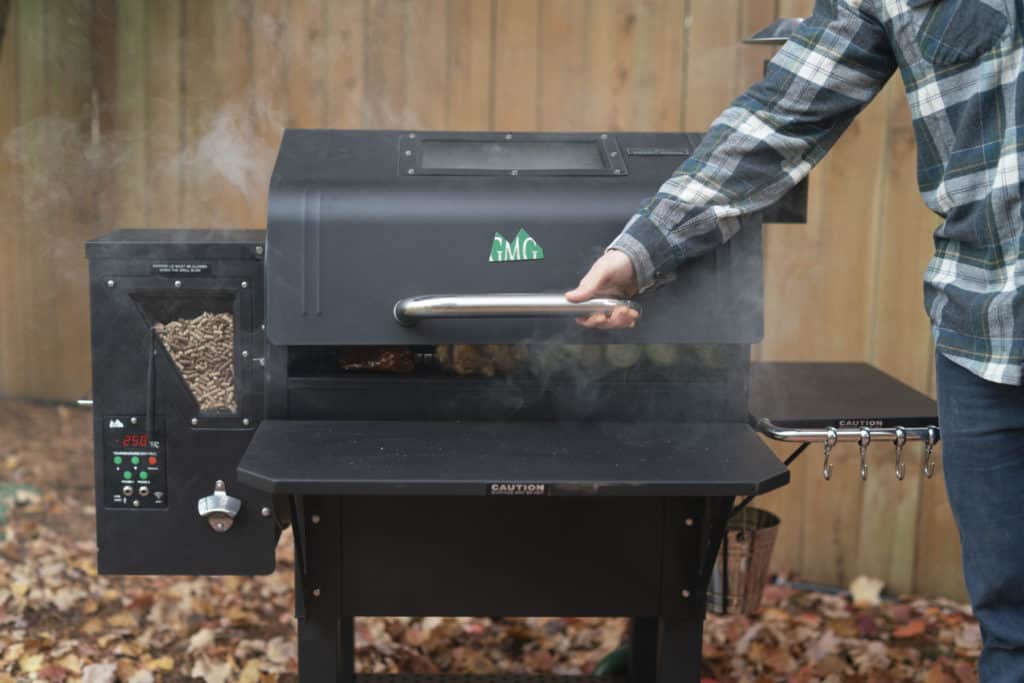Green Mountain Grill Not Heating Up

The tantalizing aroma of smoked brisket filling the air, only to be met with the disappointment of a Green Mountain Grill (GMG) that refuses to heat up – a frustrating experience for both casual grillers and seasoned BBQ aficionados. While not strictly HVAC, the troubleshooting principles involved in diagnosing a malfunctioning GMG are directly applicable to the HVAC field, making this a valuable learning opportunity for aspiring and experienced technicians alike. Understanding these systems, and their potential failures, strengthens your diagnostic skills, a core competency in HVAC.
Why Your Green Mountain Grill Isn't Heating: A Troubleshooting Guide for HVAC Professionals
Before diving into complex solutions, start with the basics. Is the grill properly plugged into a functioning outlet? Test the outlet with another appliance to confirm it's providing power. Check the power cord for any damage. A frayed or broken cord can interrupt the power supply, preventing the grill from heating. Ensure the power switch on the grill is turned on.
Understanding the Components
A Green Mountain Grill relies on several key components to function correctly. Understanding these components is crucial for effective troubleshooting:
- The Auger Motor: This motor feeds wood pellets from the hopper into the firepot. A faulty auger motor will prevent fuel from reaching the fire, resulting in a failure to heat.
- The Igniter (Hot Rod): The igniter, a small heating element, ignites the wood pellets in the firepot. If the igniter fails, the pellets won't ignite, and the grill won't heat up.
- The Temperature Sensor (RTD): This sensor monitors the internal temperature of the grill. A malfunctioning sensor can provide inaccurate readings to the control board, leading to improper heating or no heating at all.
- The Control Board: The "brain" of the grill, the control board regulates the auger motor, igniter, and fan based on the temperature set by the user. A faulty control board can disrupt the entire heating process.
- The Fan: The fan provides airflow to keep the fire burning and circulate heat throughout the grill. A malfunctioning fan can lead to uneven heating or a fire that dies out.
- The Hopper: The hopper holds the pellets. If there are no pellets, then the grill will not heat.
Diagnosing the Problem: A Step-by-Step Approach
Here's a systematic approach to diagnosing why your Green Mountain Grill isn't heating, leveraging the troubleshooting skills essential for HVAC technicians:
- Check the Auger Motor: Listen for the auger motor to run when the grill is turned on. If you don't hear it, visually inspect the auger. Is it jammed? Try manually turning the auger. If it's difficult to turn or doesn't turn at all, the auger motor may be faulty or the auger is obstructed. You can typically test for voltage to the auger using a multimeter, a tool essential for any HVAC tech.
- Inspect the Igniter (Hot Rod): Visually inspect the igniter. Is it clean and free of debris? If it's heavily coated in ash, gently clean it. To test the igniter, carefully touch it (when the grill is OFF and unplugged!) – is it loose? Using a multimeter set to ohms, test the igniter for continuity. An open circuit indicates a faulty igniter that needs replacement.
- Evaluate the Temperature Sensor (RTD): While precise testing requires specialized equipment, you can often visually inspect the sensor for damage or corrosion. A significantly damaged sensor likely needs replacement.
- Examine the Control Board: Look for any signs of damage, such as burnt components or loose connections. If you suspect a faulty control board, consult the grill's manual or contact Green Mountain Grills support for further troubleshooting and potential replacement.
- Verify the Fan Operation: Ensure the fan is running smoothly and consistently. A weak or non-functional fan can starve the fire of oxygen.
- Check the Hopper: Obvious, but make sure there are pellets to feed.
- Resetting the grill: Most GMG grills have a way to reset. Consult the manual for the correct reset sequence.
The HVAC Connection: Skills and Career Implications
The skills required to diagnose and repair a Green Mountain Grill are directly transferable to the HVAC industry. Understanding electrical circuits, troubleshooting components, and using diagnostic tools like multimeters are essential for both. Consider the following:
- Electrical Knowledge: Both GMGs and HVAC systems rely heavily on electrical components. Understanding voltage, amperage, and resistance is crucial for diagnosing electrical faults.
- Troubleshooting Skills: The systematic approach to diagnosing a non-heating grill mirrors the troubleshooting process for HVAC systems. Identifying the root cause of a problem through a process of elimination is a core skill.
- Component Replacement: Replacing faulty components, such as auger motors, igniters, and temperature sensors, is analogous to replacing compressors, motors, and sensors in HVAC systems.
- Diagnostic Tools: Proficiency in using tools like multimeters, amp clamps, and manometers is essential for both BBQ grill repair and HVAC work.
Career Paths for HVAC Professionals
The HVAC industry offers a wide range of career paths, from entry-level technician positions to specialized roles in design, installation, and maintenance. According to the Bureau of Labor Statistics, the median annual wage for HVAC mechanics and installers was $51,390 in May 2022. The job outlook is projected to grow 6 percent from 2022 to 2032, about as fast as the average for all occupations. This growth is driven by increasing demand for energy-efficient HVAC systems and the need to maintain and repair existing equipment.
Here are a few common career paths in HVAC:
- HVAC Technician: Installs, maintains, and repairs heating, ventilation, and air conditioning systems in residential, commercial, and industrial settings. Entry-level positions often require an apprenticeship or vocational training. Salary range: $40,000 - $60,000 per year.
- HVAC Installer: Specializes in installing new HVAC systems. Requires knowledge of building codes, ductwork, and electrical connections. Salary range: $45,000 - $65,000 per year.
- HVAC Service Technician: Focuses on troubleshooting and repairing existing HVAC systems. Requires strong diagnostic skills and knowledge of different HVAC technologies. Salary range: $50,000 - $75,000 per year.
- HVAC Design Engineer: Designs HVAC systems for new construction and renovation projects. Requires a bachelor's degree in mechanical engineering and a strong understanding of thermodynamics and fluid mechanics. Salary range: $70,000 - $100,000+ per year.
- HVAC Sales Engineer: Sells HVAC equipment and systems to businesses and homeowners. Requires strong sales skills and technical knowledge of HVAC systems. Salary range: $60,000 - $90,000+ per year (including commission).
Certifications: Boosting Your HVAC Career
Certifications are highly valued in the HVAC industry and can significantly enhance your career prospects and earning potential. Here are some key certifications to consider:
- NATE (North American Technician Excellence): NATE certification is widely recognized as the gold standard for HVAC technicians. It demonstrates competency in specific HVAC areas, such as installation, service, and maintenance.
- EPA Section 608 Certification: Required by the Environmental Protection Agency (EPA) for technicians who handle refrigerants. This certification ensures that technicians understand proper refrigerant handling procedures and regulations.
- HVAC Excellence: Offers a variety of certifications for HVAC technicians and educators, covering different areas of expertise.
- State and Local Licenses: Many states and local jurisdictions require HVAC technicians to be licensed. Licensing requirements vary by location, so it's important to check with your local authorities.
Acquiring these certifications demonstrates a commitment to professionalism and expertise, making you a more attractive candidate to employers and potentially increasing your earning potential. Obtaining certifications like NATE showcases that you have the industry knowledge that employers need in technicians. This can lead to higher starting salaries and faster advancement opportunities. A recent study showed that NATE-certified technicians earned an average of 10% more than their non-certified counterparts.
From BBQ Grills to Boilers: The Universal Skills of a Technician
The ability to diagnose and repair a seemingly simple appliance like a Green Mountain Grill highlights the universal skills of a skilled technician. Whether you're troubleshooting a faulty igniter on a BBQ grill or a malfunctioning compressor in an air conditioning unit, the fundamental principles of electrical theory, component diagnostics, and systematic troubleshooting remain the same. Embrace these opportunities to hone your skills, and you'll be well-prepared for a successful and rewarding career in the HVAC industry.
Employers recognize that a technician who can confidently troubleshoot a wide range of equipment, from pellet grills to complex HVAC systems, is a valuable asset. This versatility translates to increased efficiency, reduced downtime, and ultimately, a more profitable business. The HVAC industry is constantly evolving, with new technologies and regulations emerging regularly. By staying up-to-date on the latest trends and continuously expanding your skillset, you can ensure a long and successful career in this dynamic field.
For students and apprentices, take the time to understand the nuances of each component. For experienced technicians, consider pursuing advanced certifications to specialize in a particular area of HVAC. And for employers, invest in training and development programs to ensure that your technicians have the skills and knowledge they need to excel in their roles.










